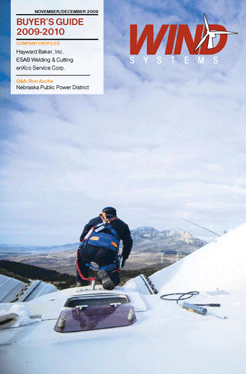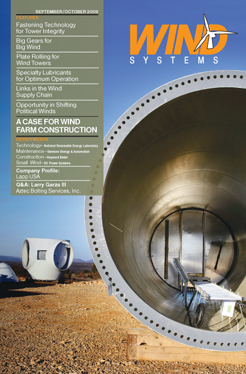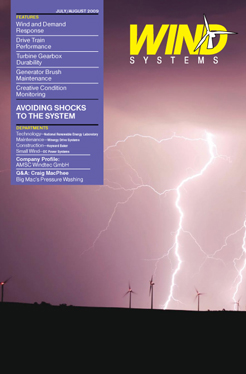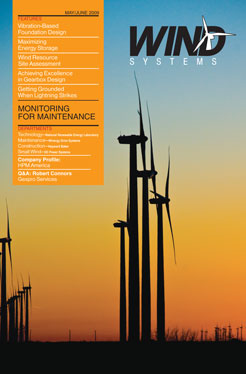September 2009
Turbines must meet certification requirements
NREL and AWEA collaborate with industry professionals to align international wind-turbine certifications with U.S. regulations, both local and national.
A look at preventive maintenance
The generator is the heart of the windmill power generation system, so developing an ongoing maintenance program will help protect your investment.
Micropiles are versatile foundation systems
Micropiles are versatile enough to function either as a new foundation, or as a remedial solution for an existing foundation. This installment provides insights.
Making sense of small wind
For those with creative minds and spirits, small wind offers an amazing opportunity for designing systems to fulfill a growing market demand.
Understanding the entitlement process with small wind
The more you know about how to go about winning planning approvals and assisting your customers, the more successful your small-wind projects will be.
July 2009
Ground improvement techniques for turbine sites
Performed properly, a mat foundation bearing on aggregate piers is an efficient and economical alternative to traditional deep foundation systems.
Maintaining gearbox oil properly
Lubrication quality is a key driver for gearbox reliability in wind turbines. This installment focuses on choosing the best type and how to maintain it.
Making sure the gearbox stays realiable
Gearbox designers and manufacturers follow stringent standards for designing and building gearboxes, but failures persist. This group is seeking a solution.
May 2009
Dealing with the gearbox
Ideally, gearboxes would run forever with no downtime, but repairs are required in the real world. Ask the following questions for improved outcomes.
Foundation problems and their solutions
No structure can remain standing without a solid foundation. Read on for a primer in foundation types and ground-preparation techniques.
Inside NREL’s National Wind Technology Center
Youâll be amazed by the wind-industry support capabilities of NRELâs wind energy research facility, at the foot of the Colorado Rockies.






























